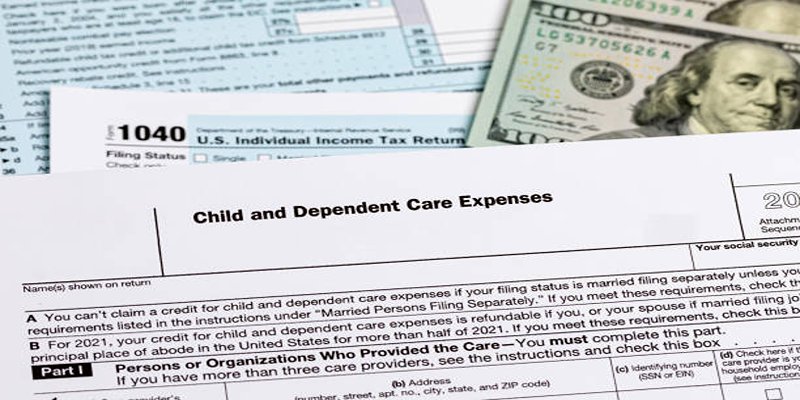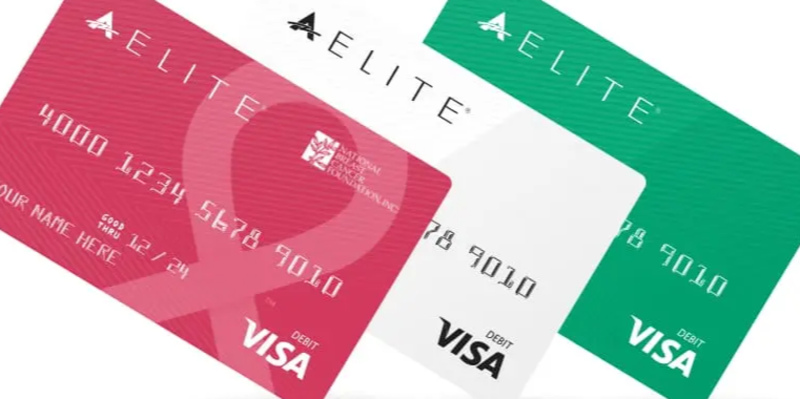Brief Guide On Eliminating Someone's Name From a Property Deed
Feb 06, 2024 By Triston Martin
An asset deed is a legitimate certificate accustomed to transfer possession from the house vendor to the house buyer or to give authority to relatives or family members. This document determines who holds a property.
For each deal concerning property, the deed supports the buying process, transmitting from the conferrer selling the house to the recipient who purchases it or adding persons who can claim possession.
Since it’s because of a decease, separation, or differences in personal state of affairs, it might turn crucial for a name to be dismissed from a land deed. If that’s your name, you’ll generally fill out a deed of conveyance.
Read on to explore all about how to remove someone's name from a property deed!
Remove Someone’s Name From the Deed | Step-by-Step Guide

Removing the possession rights of a person recorded on an asset’s deed commonly implies withdrawing the name from the document and the title. As few property types are satisfactorily fitted to precise conveyance documents, this procedure demands more understanding of the possessions you’re discussing.
Steps to remove names from the deed are as follows:
1. Quitclaim or Warranty Deed
The first step to remove names from the deed is to verify that a quitclaim deed suits your circumstances. Unlike security or warranty deeds, quitclaim deeds appear with no contracts. Quitclaim deeds are often exploited in separations or among family members when everybody recognizes each other well.
- Along with a warranty deed, the individual transferring their assets to you guarantees that they have clear and plain ownership of the possessions and the fundamental right to transfer it to you.
- Consider a warranty deed if you are unaware of the other person or not on good terms. Speak to a lawyer. Obtaining a warranty deed generally demands an identification search, which can be expensive and time-consuming.
2. Obtain a Copy of Your Title Deed
You must get a replicated copy of the title deed to confirm that it contains the name you desire to withdraw. Bring a copy of the title deed from the appropriate county clerk’s department. In some circumstances, you might be able to collect the deed online.
If you’re obtaining a document from your regional land registry headquarters, seek your deed in its database or record, or request help.
3. Complete, Check and Sign the Quitclaim or Warranty paper
The 3rd step to remove names from the deed is to get a quitclaim deed online from a department provision store or your district or municipality clerk’s place.
If you desire to terminate your name, you should fill out the quitclaim paper employing the same name encountered on the ownership deed. Warranty deeds can be created online, but these are often via the district clerk’s office.
Quitclaims and warranty deeds are helpful only when they’re executed accurately. In most districts, the deed must correctly contain all members of the deed and the sign of the person transferring or gifting the deed.
4. Submit the Quitclaim or Warranty Form

Introduce your form to the district or city office where you obtained the original possession deed. Depending on the circumstances, this office can be the district clerk or the land registry.
Some administrations demand extra paperwork, like taxation documents. Match with your regional office to ensure you have the whole nine yards you need.
5. Register the Quitclaim Deed in the Recorder's Department
Once you have submitted the quitclaim deed, carry it to the recorder's department in the district where the asset is located. You must pay a filing fee to register the record officially. While this payment varies among districts, it's generally smaller than $50.
There may be other transfer taxations and costs. Contact the clerk’s office beforehand to specify how much you'll need to spend for the transaction. Question what systems of payment are allowed so you'll be equipped.
6. Request a Certified Copy of Your Quitclaim or Warranty Deed
When registering it, request an authorized duplicate of the quitclaim or warranty paper. You might need to pay a slight fee, but having it on file can be helpful in a forthcoming property possession dispute or modifications.
With these 6 steps, I hope we have solved your question regarding “how do I remove someone from a deed?”
Expenses of Removing a Person’s Name from the Deed

A question asked often is: How much does it cost to remove someone from a deed? A deed’s expense of withdrawing a name relies on the following:
- It is feasible to clear a name from a deed if all members are ready to do so
- Denial to sign the deed by anyone
Suppose that everyone agrees with dismissing someone from a document by signing. The cost structure when all parties agree to sign willingly:
- The fee of a drop claim deed ranges from $350 to $700
- A warranty declaration deed costs between $350 and $700
- The expense of a takeover agreement is $500 – $1,000
The cost structure when there is no consensus among all parties:
- An equity share deed can vary from $350 to $700.
- The buyout contract will be signed in a range of 500$-1000$
- The expense of a partitioning measure must be no less than $10,000
- $10,000 or more needed in a judge’s order
If the parties decide that the cost of extracting a name from the document could be $10,000 to $20,000, then the amount will be divided among all parties.
Conclusion
This post will elaborate a general answer to the question: how to remove someone's name from a property deed? All in all, you should file a renewed or fresh deed transferring interest to remove names from the deed. The best direct approach is letting them sign a quitclaim deed discharging rights to you. If disobliging, a lawyer can help file a lawsuit to drive transfer or to remove a deceased ex-spouse's name.
Ordinances change by state and district, so you must analyze your local regulations about ownership transfers.
-
 Investment Feb 05, 2024
Investment Feb 05, 2024Types of Investment Accounts - Make Huge Profits Now
Investment accounts are favorable, and if you are excited to know how investment accounts can make you money, dig into this post.
-
 Investment Mar 21, 2024
Investment Mar 21, 2024Understanding 2 Main Retirement Savings Options
Learn the distinctions between IRA and 401(k) retirement accounts in this comprehensive guide for an understanding of better financial insight.
-
 Taxes Oct 18, 2024
Taxes Oct 18, 2024Child and Dependent Care Credit Explained: Definition and Eligibility Criteria
This article explains the Child and Dependent Care Credit, offering guidance on eligibility, qualifying expenses, and claiming procedures to support eligible families.
-
 Banking Mar 21, 2024
Banking Mar 21, 2024All About the ACE Elite Visa Prepaid Debit Card
Discover the features and benefits of the ACE Elite Visa Prepaid Debit Card. Learn how it works and if it's the right choice for you.
